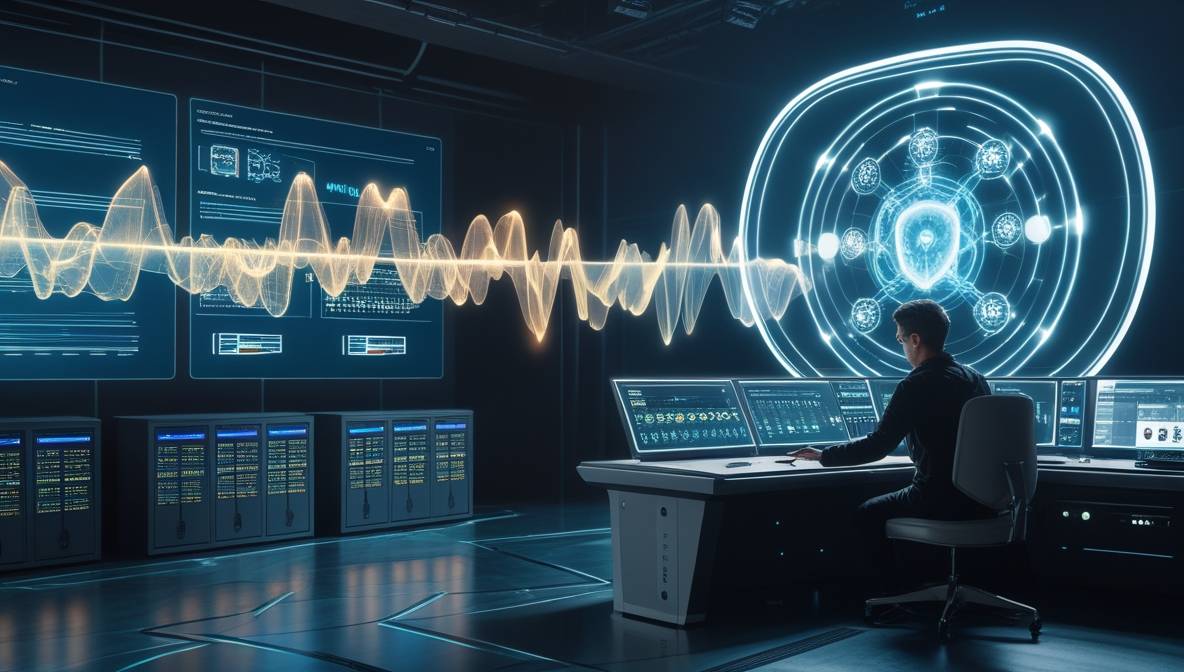Cinema lenses are engineered to meet the rigorous demands of professional video production. Unlike standard photography lenses, they prioritize smooth focus control, consistent exposure, and robust build quality. This guide explores the top 10 cinema lenses that deliver sharpness, color accuracy, and creative flexibility for filmmakers.
What Defines a Cinema Lens?
Cinema lenses are optimized for motion picture cameras, offering features critical for high-end filmmaking:
- Manual Focus Precision: Gear rings for follow focus systems.
- T-Stop Consistency: Accurate light transmission measurement.
- Durability: Metal housings for on-set durability.
- Interchangeable Mounts: Compatibility with PL, EF, Sony E, and more.
For filmmakers seeking tools that enhance storytelling, explore our videography services for tailored solutions.
Cinema Lenses vs. Regular Camera Lenses
| Feature | Cinema Lenses | Regular Lenses |
|---|---|---|
| Focus Mechanism | Smooth 300° rotation | Shorter throw, autofocus |
| Aperture Control | T-stops for exposure | F-stops for stills |
| Build Quality | Metal, weather-sealed | Plastic, lighter |
| Image Consistency | Minimal breathing | Variable across shots |
Benefits of Cinema Lenses
- Superior Optical Performance: Edge-to-edge sharpness and minimal distortion.
- Cinematic Depth of Field: Wide apertures (T1.5–T2.9) for bokeh-rich visuals.
- Durability: Built to withstand heavy use in diverse environments.
- Metadata Support: ARRI /i and Zeiss eXtended Data for post-production workflows.
For camera recommendations, read our guide to the best DSLR cameras for streaming.
Key Factors When Choosing a Cinema Lens
Focal Length & Aperture
- Wide-Angle (14–35mm): Ideal for landscapes and tight spaces.
- Standard (50–85mm): Versatile for interviews and narrative scenes.
- Telephoto (100mm+): Perfect for close-ups and compressed backgrounds.
Lens Mount Compatibility
Ensure compatibility with your camera system (e.g., PL mount for ARRI, EF for Canon). Check our Canon EOS C70 review for lens pairing tips.
Build & Ergonomics
Heavy lenses like the Cooke S4 Prime (3kg) require robust support systems, while lightweight options like the Sigma Cine FF (1.5kg) suit handheld rigs.
Top 10 Cinema Lenses for Filmmakers
1. Zeiss CP.3 XD
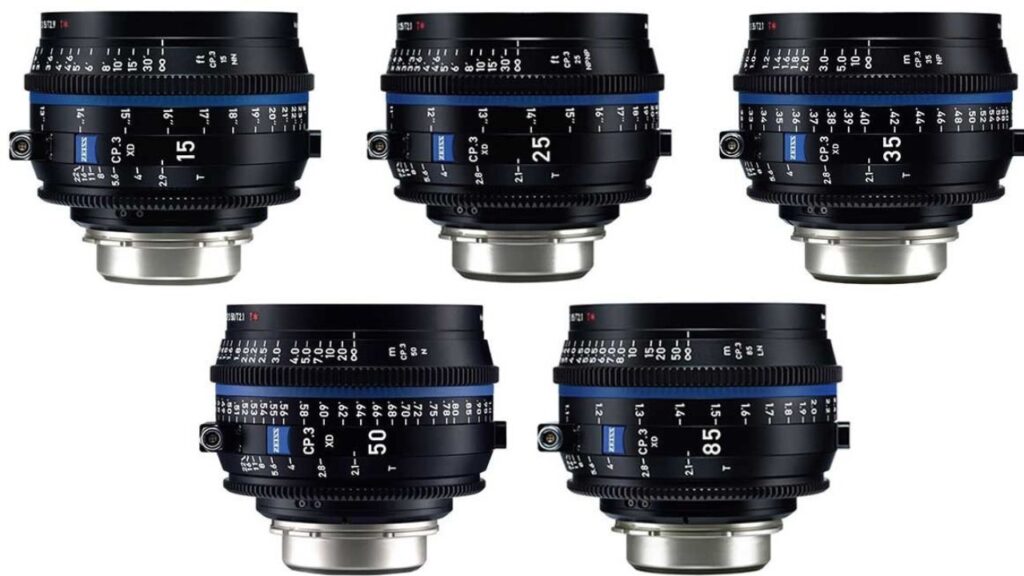
- Focal Range: 15–135mm
- Aperture: T2.1
- Key Feature: eXtended Data for real-time lens metadata.
- Best For: Multi-cam shoots requiring color consistency.
2. Canon CN-E Prime
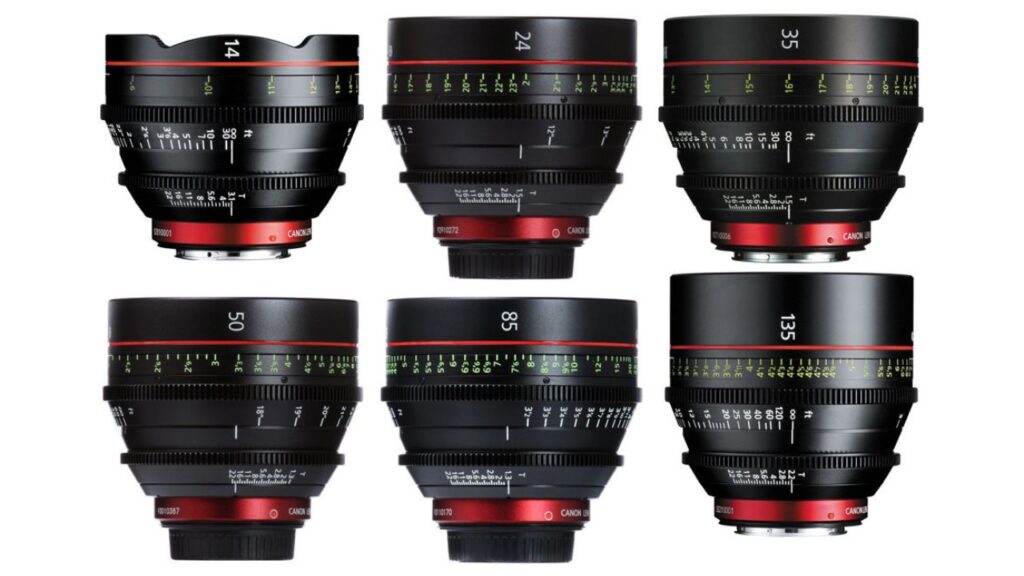
- Focal Range: 14–135mm
- Aperture: T1.3–T2.2
- Key Feature: 4K-optimized optics with EF mount flexibility.
- Best For: Canon Cinema EOS users.
3. Sigma Cine FF High-Speed Primes
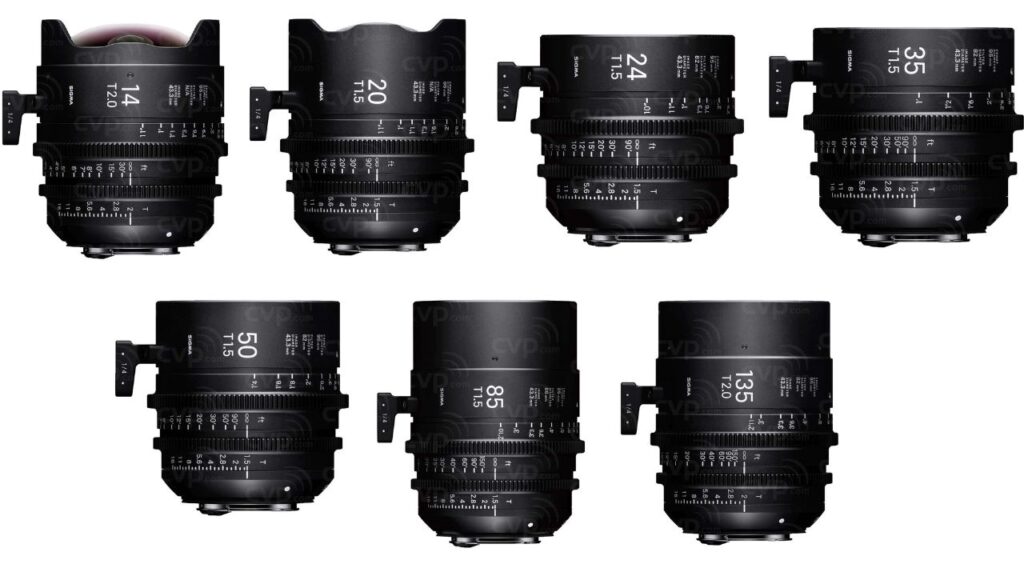
- Focal Range: 14–135mm
- Aperture: T1.5
- Key Feature: Affordable full-frame coverage.
- Best For: Indie filmmakers on a budget.
4. Cooke S4 Prime
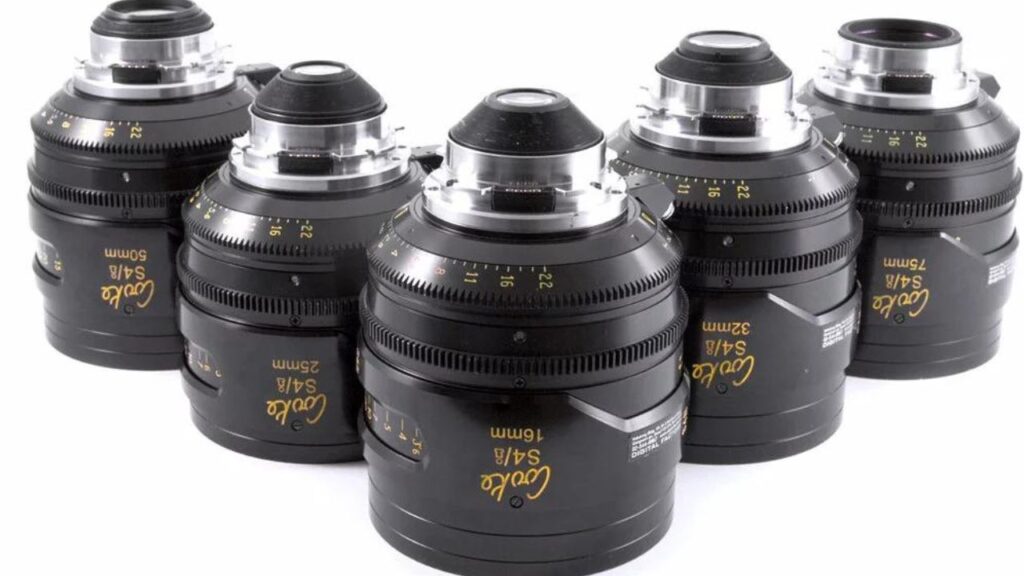
- Focal Range: 12–300mm
- Aperture: T2
- Key Feature: Legendary “Cooke Look” with warm tones.
- Best For: Feature films and high-end commercials.
5. Leitz Cine Primes
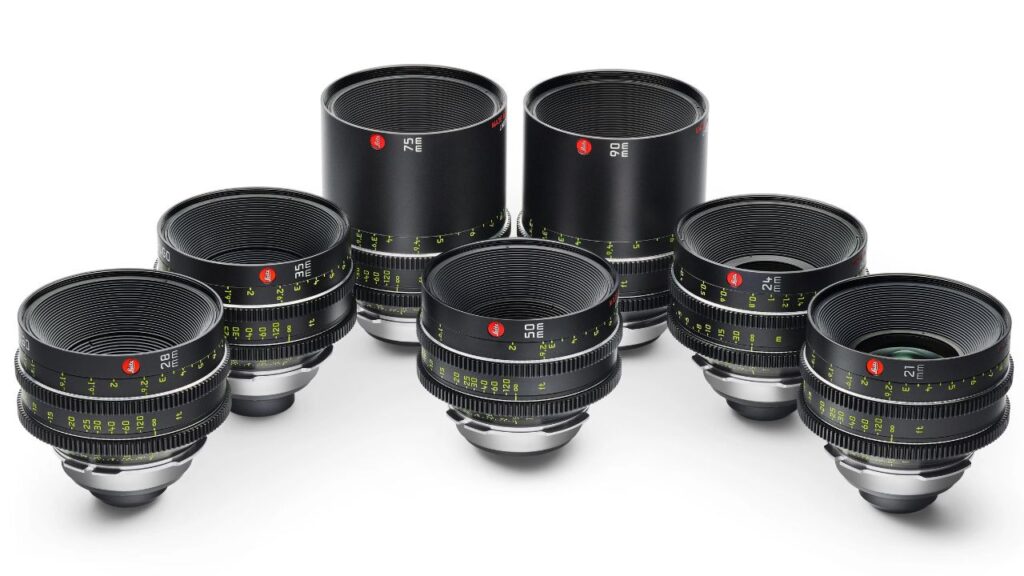
- Focal Range: 18–180mm
- Aperture: T1.8–T2.8
- Key Feature: Magnetic filter system for quick swaps.
- Best For: Cinematic storytelling with Leica clarity.
6. Angenieux EZ-1/EZ-2 Zooms
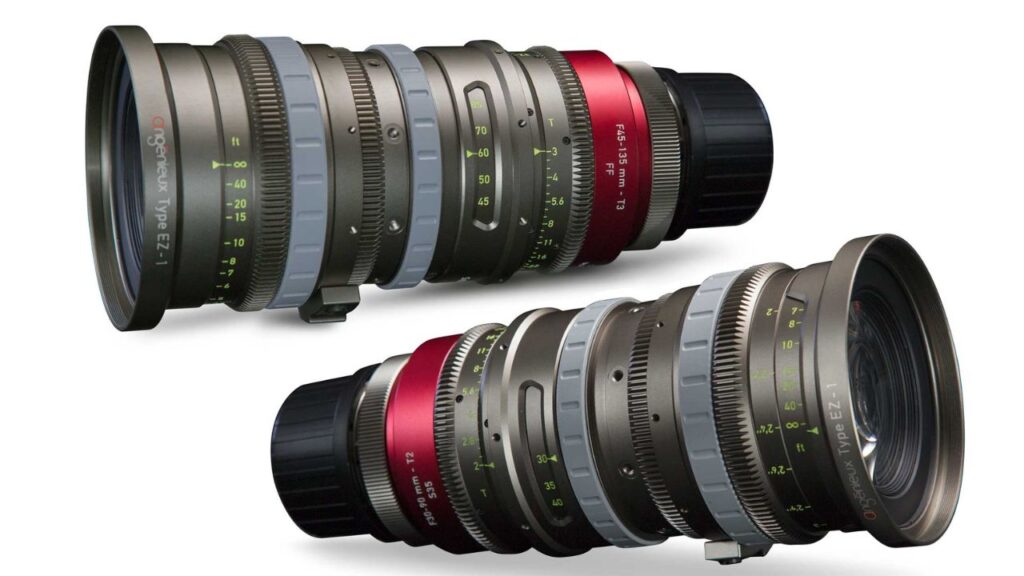
- Focal Range: EZ-1 (30–90mm), EZ-2 (15–40mm)
- Aperture: T2
- Key Feature: Interchangeable rear groups for sensor adaptability.
- Best For: Documentary and run-and-gun shoots.
7. Fujinon Cabrio Premier
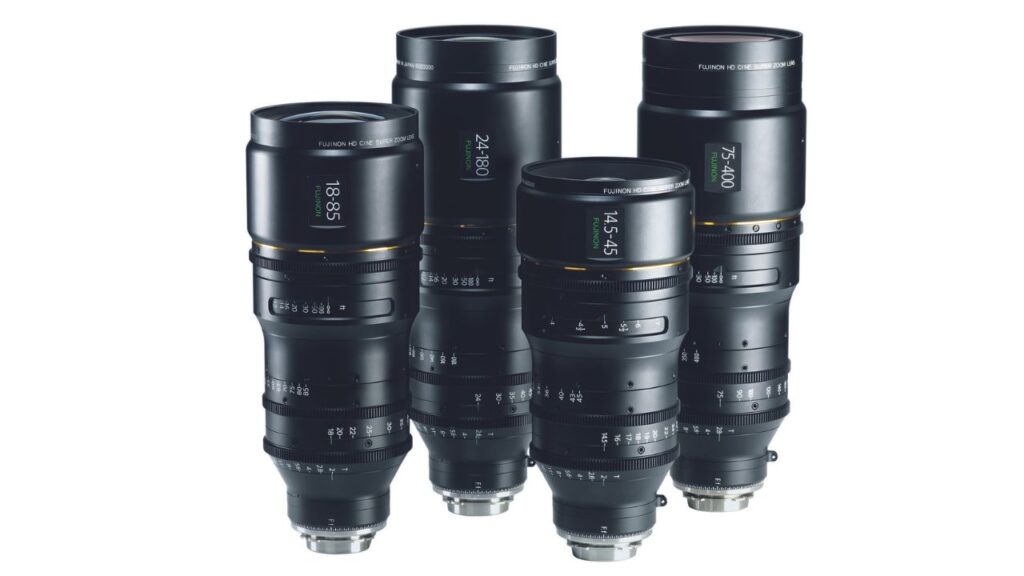
- Focal Range: 14–400mm
- Aperture: T2.9
- Key Feature: 16-bit encoders for repeatable focus pulls.
- Best For: Broadcast and live events.
8. ARRI Signature Primes
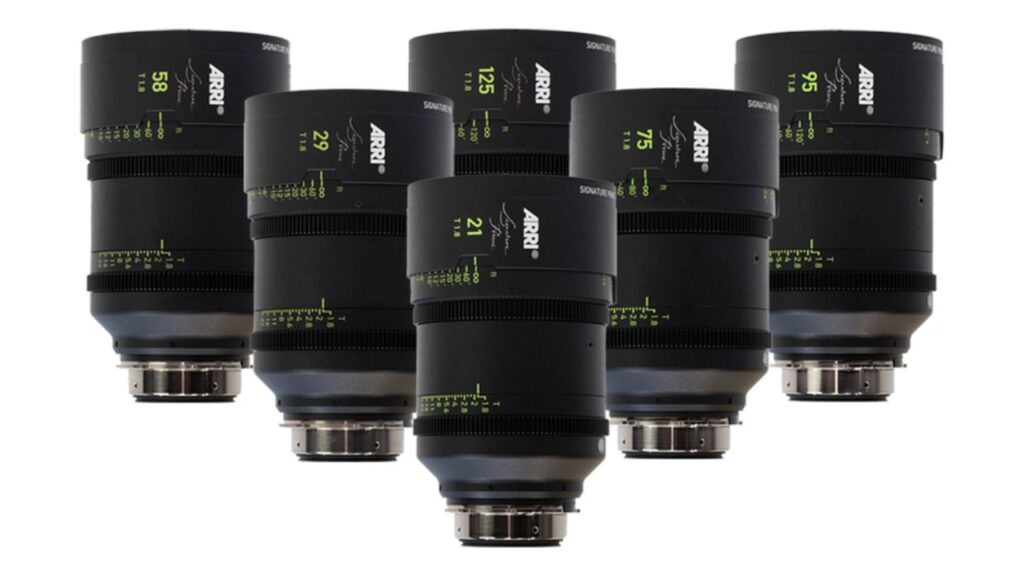
- Focal Range: 12–280mm
- Aperture: T1.8
- Key Feature: Designed for large-format sensors.
- Best For: ARRI Alexa LF and Mini LF users.
9. Schneider Xenon FF-Prime

- Focal Range: 18–100mm
- Aperture: T2.1
- Key Feature: Aspherical elements for zero distortion.
- Best For: Architectural and VFX-heavy projects.
10. Tokina Cinema Vista
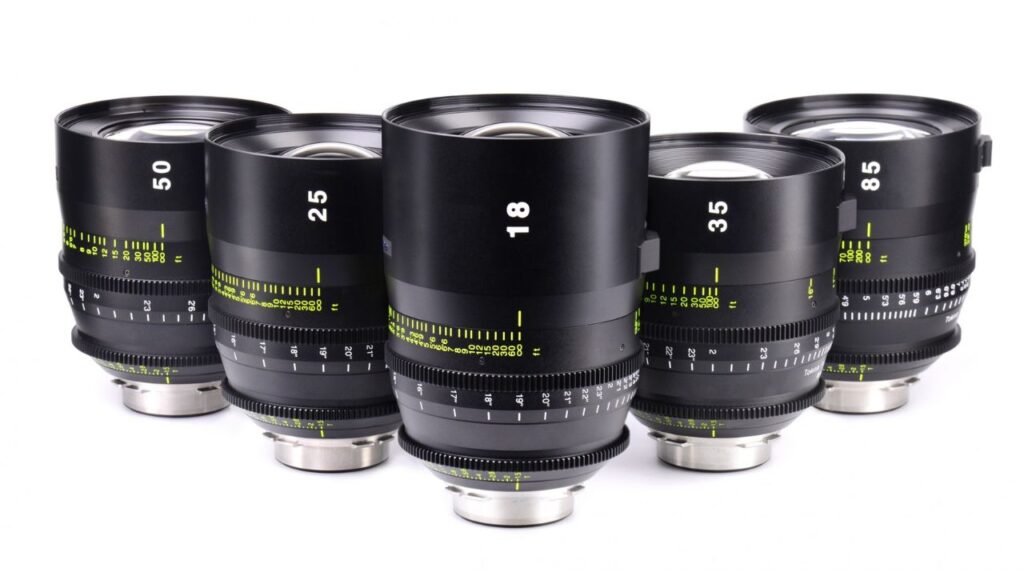
- Focal Range: 18–105mm
- Aperture: T1.5
- Key Feature: 114mm front diameter for matte box compatibility.
- Best For: Low-light indie productions.
Compare these with our list of most used cinema lenses.
Comparison Table: Top 10 Cinema Lenses
| Lens Model | Focal Range | Aperture | Weight | Unique Feature |
|---|---|---|---|---|
| Zeiss CP.3 XD | 15–135mm | T2.1 | 900g | eXtended Data metadata |
| Canon CN-E Prime | 14–135mm | T1.3 | 1.1kg | 4K resolution support |
| Sigma Cine FF | 14–135mm | T1.5 | 1.5kg | 95mm front diameter |
| Cooke S4 Prime | 12–300mm | T2 | 1.5kg | “Cooke Look” color science |
| Leitz Cine Primes | 18–180mm | T1.8 | 1.2kg | Magnetic filter system |
| Angenieux EZ-1/EZ-2 | 15–90mm | T2 | 1.75kg | Interchangeable rear groups |
| Fujinon Cabrio Premier | 14–400mm | T2.9 | 2.9kg | 16-bit encoders |
| ARRI Signature Primes | 12–280mm | T1.8 | 2kg | Large-format sensor coverage |
| Schneider Xenon FF | 18–100mm | T2.1 | 0.9kg | Zero distortion design |
| Tokina Cinema Vista | 18–105mm | T1.5 | 1.26kg | Low-light performance |
Maintenance Tips for Cinema Lenses
- Use Lens Filters: Protect the front element with UV or ND filters.
- Store in Dry Conditions: Prevent fungus growth with silica gel packs.
- Regular Cleaning: Use a blower and microfiber cloth to remove dust.
- Professional Servicing: Schedule annual check-ups for calibration.
For gear insurance and support, visit our FAQ page.
